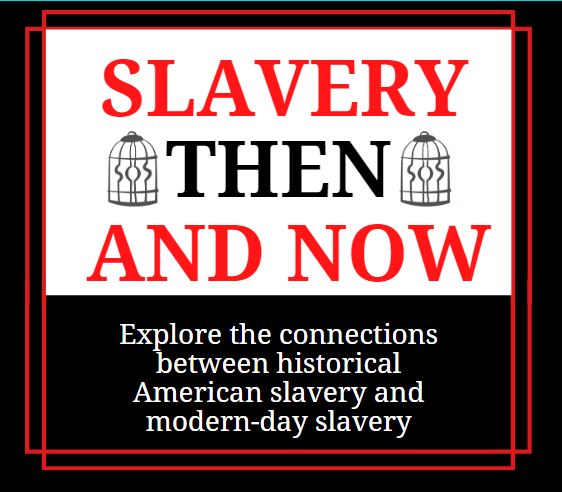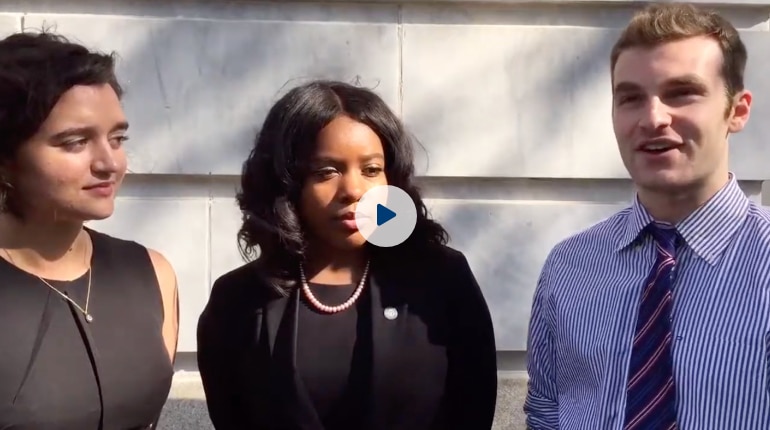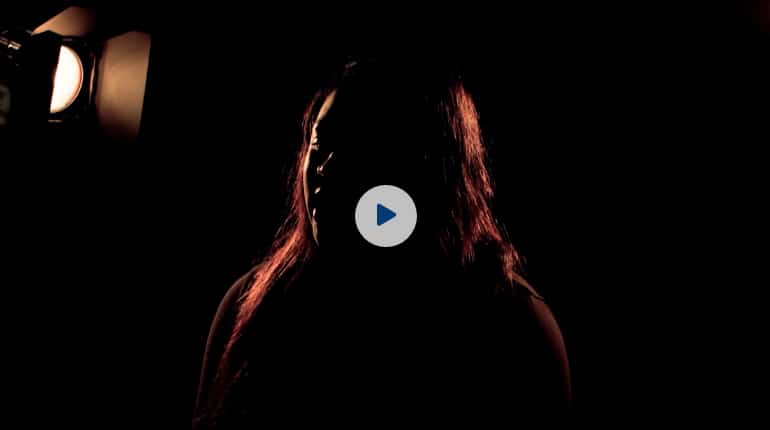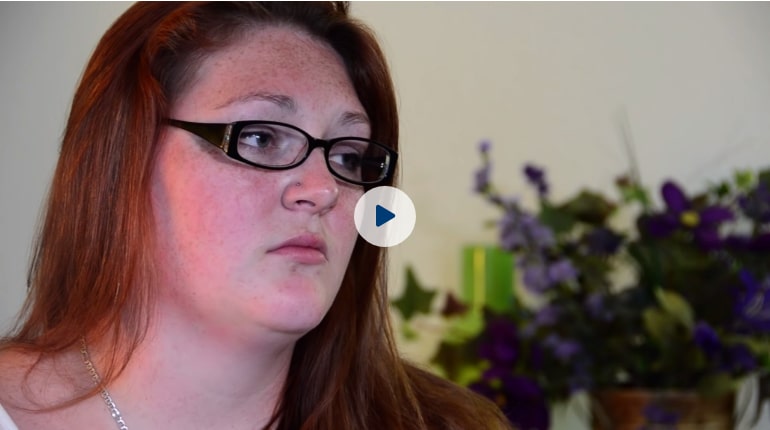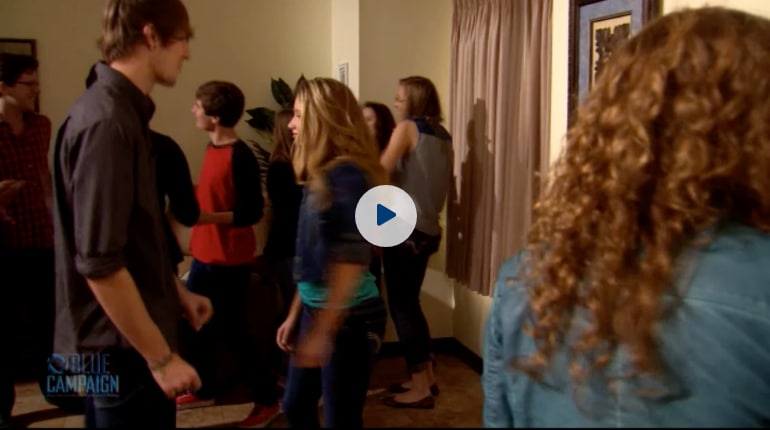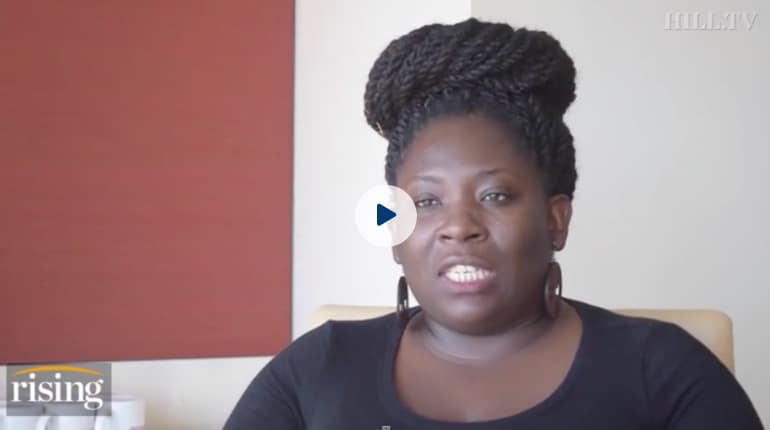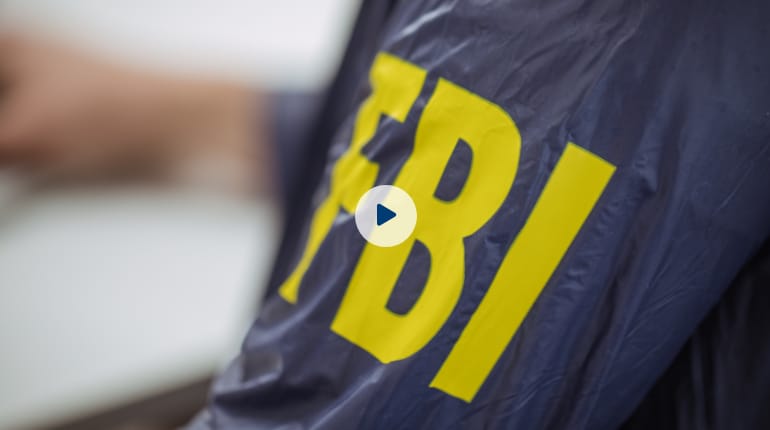President Lincoln’s Cottage is a 501(c)(3) historic site and museum located in Northwest Washington, D.C. We provide interactive tours and exhibits, and host public and private events using Lincoln’s example to inspire visitors in their own path to greatness. Join us in learning and sharing brave ideas.
© 2025 President Lincoln’s Cottage. All rights reserved.
